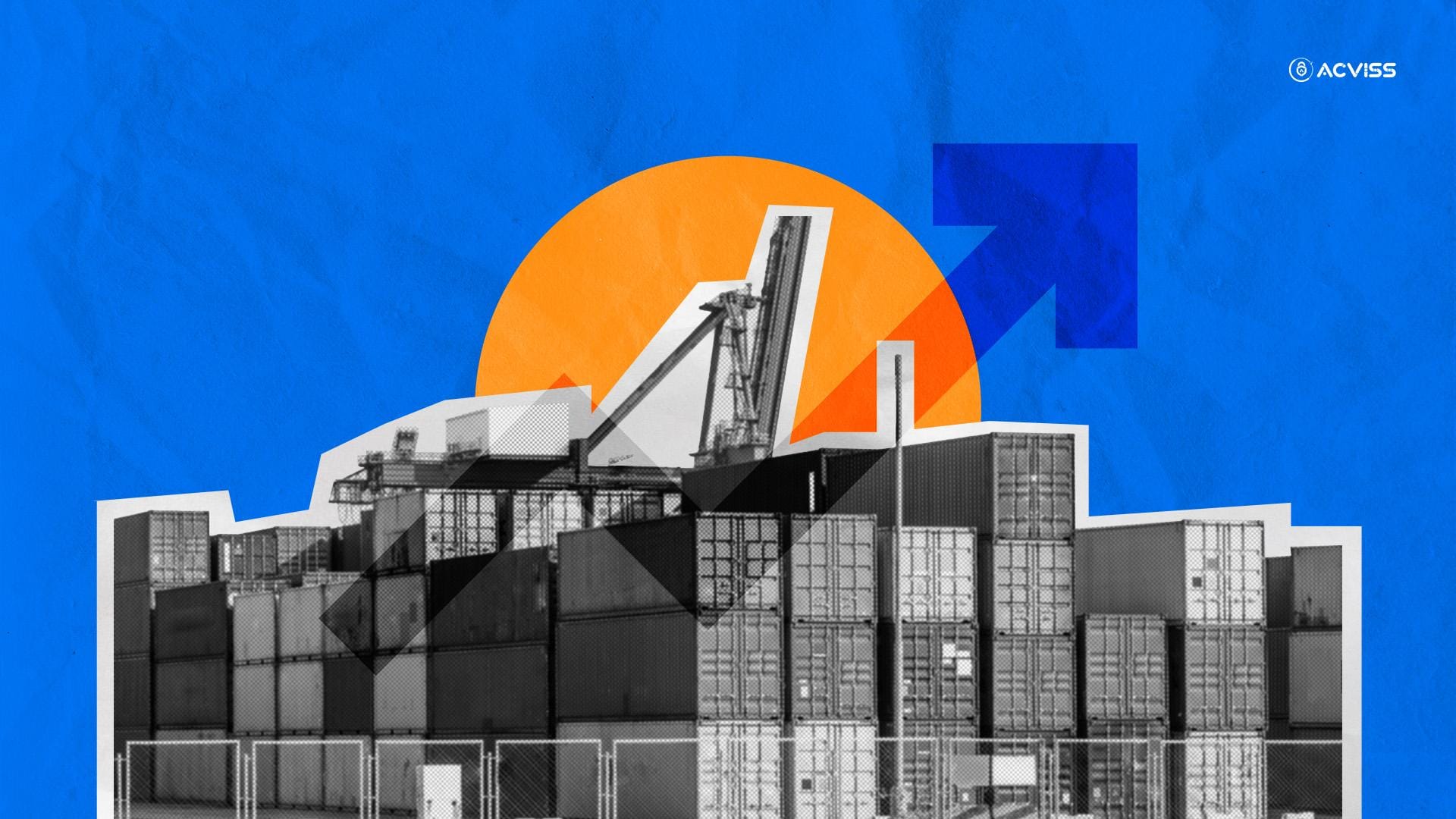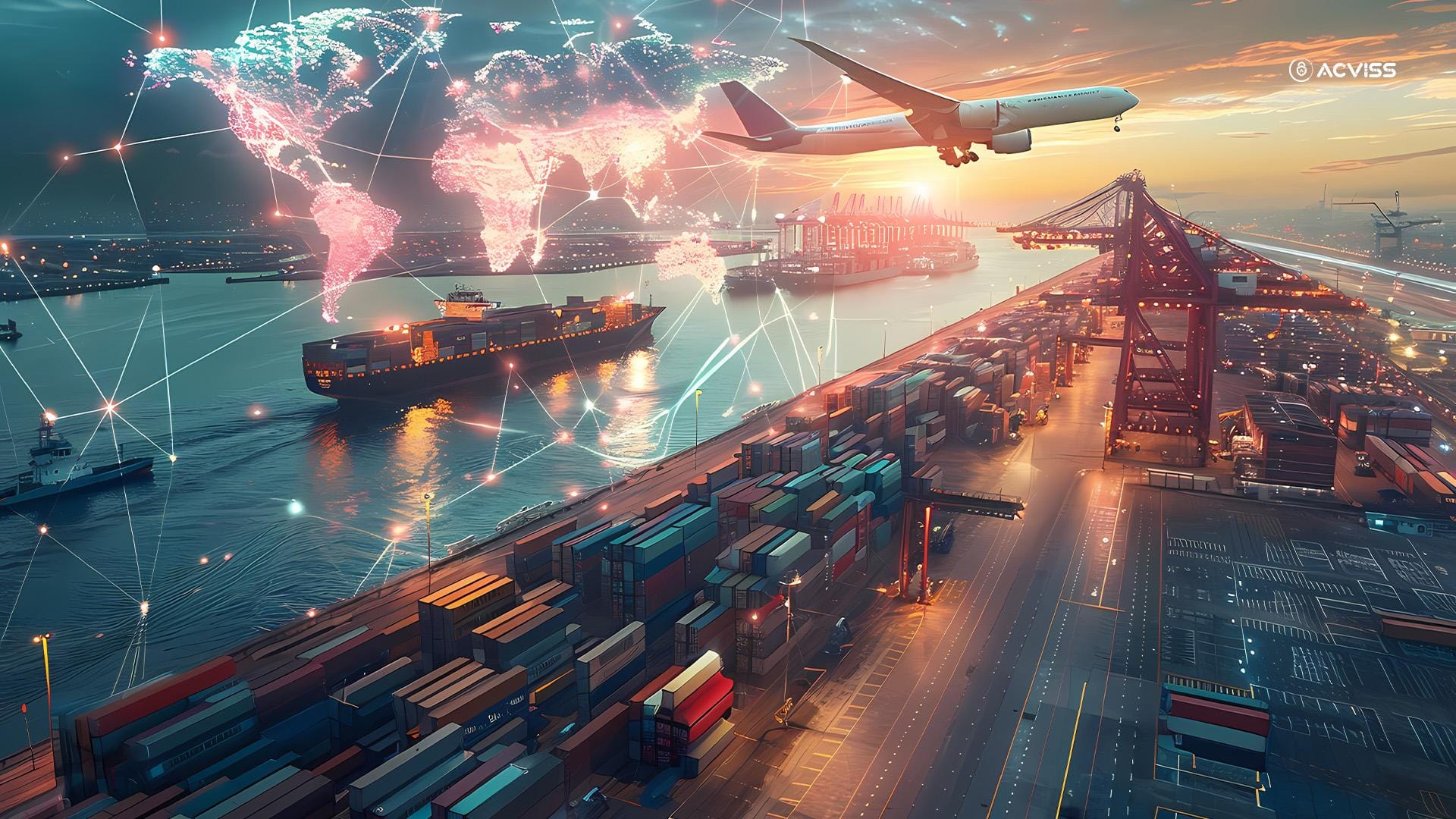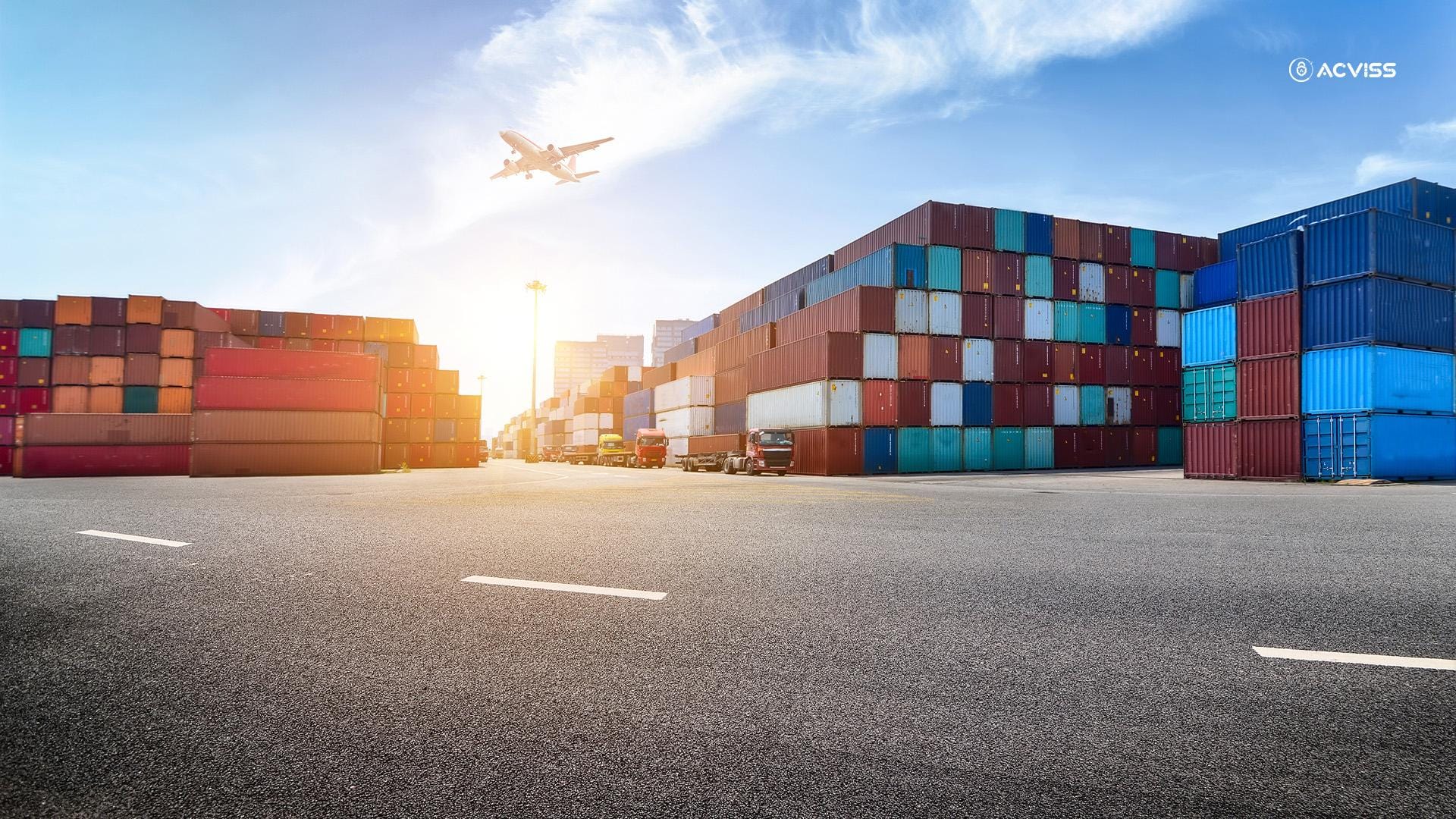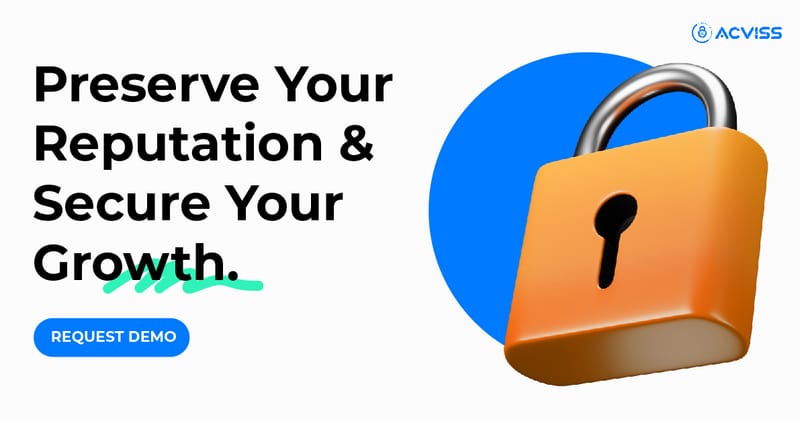How Supply Chain Optimisation Can Drive Business Growth and Efficiency

The supply chain is more than just the logistical backbone of your business; it’s a powerful growth engine. When optimised effectively, it becomes a source of competitive advantage, enabling businesses to move faster, respond to change with agility, and deliver consistent customer value.
In contrast, inefficiencies in the supply chain can lead to product delays, rising operational costs, inventory issues, and reputational damage. In today’s complex and volatile market environment, companies cannot afford to treat their supply chains as a back-end function.
So, what sets a reactive supply chain apart from a resilient, efficient one? And how can supply chain optimisation directly fuel growth and operational efficiency?
Understanding Supply Chain Optimisation
Supply chain optimisation refers to the strategic coordination of supply chain processes, procurement, production, warehousing, logistics, and delivery, to achieve the highest efficiency and lowest cost while meeting customer expectations.
It’s not just about shaving off time or reducing expense. It's about:
- Enhancing visibility and transparency
- Reducing risk and delays
- Improving customer service levels
- Maximising the use of resources
- Enabling responsive decision-making
Optimising a supply chain means using data, technology, and forecasting models to align supply with demand in the most agile and profitable way possible.
Why It Matters More Than Ever

The past few years have exposed how fragile global supply chains can be. From the Suez Canal blockage to COVID lockdowns and semiconductor shortages, businesses across industries faced disruptions that revealed the need for smarter, more resilient supply systems.
1. Meeting Elevated Customer Expectations
Today’s consumers expect speed, transparency, and reliability. A misstep in fulfilment, whether due to stockouts or shipping delays, can cost a company not just sales, but long-term loyalty. Optimisation enables companies to consistently meet these expectations by improving service levels without incurring unsustainable costs.
2. Managing Global Volatility
Recent years have exposed the fragility of global supply networks. Natural disasters, pandemics, and geopolitical shifts can halt operations overnight. A well-optimised supply chain includes contingency planning, diversified sourcing, and shorter supply lines, improving a business’s ability to adapt to disruptions.
3. Addressing Margin Pressures
Operating costs, from raw materials to transportation, are rising across sectors. At the same time, customers are price-sensitive. Optimising logistics, reducing waste, and automating routine tasks can preserve profitability without compromising on service.
According to a McKinsey report, 93% of global supply chain leaders are actively investing in resilience, including dual sourcing, regionalisation, and inventory buffers. And it’s not just about resilience. Optimised supply chains can cut costs by up to 20% and improve service levels by 10-15%.
4. Navigating ESG and Compliance Requirements
Transparency and ethical sourcing have become central to brand trust. Regulators and stakeholders now demand accountability across the supply chain. Businesses must invest in traceability and data systems to ensure compliance and uphold their brand reputation.
Five Key Areas to Optimise in the Supply Chain

A holistic approach to supply chain optimisation spans across multiple areas. Here are five crucial pillars that make a measurable impact:
1. Enhancing End-to-End Visibility
Real-time visibility allows businesses to monitor inventory, orders, supplier performance, and logistics at every stage. This transparency helps preempt disruptions, reduce lead times, and improve coordination.
Cloud-based dashboards, IoT devices, and predictive analytics form the backbone of modern visibility solutions. Control towers aggregate data from multiple sources, offering a unified view that supports faster, more informed decision-making.
Case in Point: Fashion retailer Zara uses real-time sales data from stores to dynamically update its supply chain. The result is rapid production cycles, moving from design to shelf in under 30 days, enabling Zara to meet changing customer preferences with speed.
2. Improving Inventory Management
Striking the right balance between overstock and stockouts is one of the most complex challenges in supply chain management. Smart inventory systems use demand forecasting, AI-driven analytics, and JIT models to optimize stock levels.
Key features include automated replenishment triggers, safety stock buffers, and SKU-level demand sensing.
Example: Online grocery platform BigBasket utilises order history, seasonal trends, and regional demand signals to optimise inventory, especially for perishables. This minimises spoilage while maintaining high fill rates.
3. Fostering Supplier Collaboration and Agility
Strong supplier relationships are fundamental to resilient operations. Companies are increasingly turning to collaborative planning platforms and digital procurement tools to improve communication and align goals.
Diversifying the supplier base and incorporating risk-based supplier segmentation also builds flexibility.
Example: During the COVID-19 pandemic, Marico leveraged a digital supplier network to identify alternative sources for critical inputs. This ensured continuity in production when global supply chains were breaking down.
4. Streamlining Last-Mile Delivery
The last mile often represents the most complex and costly segment of the supply chain. Businesses are investing in route optimisation software, local fulfilment hubs, and demand clustering to improve delivery efficiency.
Gig economy platforms and crowd-sourced delivery models are also helping businesses scale fulfilment capacity without adding fixed costs.
Example: Zepto and Dunzo optimise delivery times by operating from micro-fulfilment centres and using AI to plan routes and allocate riders based on demand density. This approach enables 10-minute deliveries in urban areas.
5. Strengthening Traceability and Anti-Counterfeit Measures
In sectors like pharmaceuticals, electronics, and agriculture, ensuring product authenticity is crucial. Traceability systems record every stage of a product’s journey, providing transparency and protecting against fraud.
Technologies such as blockchain, serialised QR codes, and digital twins are being adopted to maintain secure product histories and enable instant verification.
Acviss Origin offers a comprehensive traceability solution that assigns a unique digital identity to each product unit. This enables manufacturers and consumers to verify authenticity, track movement across the supply chain, and identify potential threats like grey market diversion or counterfeiting. It also provides actionable analytics to improve supply chain integrity.
The Role of Traceability and Brand Protection

Today, businesses are also under pressure to guarantee authenticity, ensure regulatory compliance, and build consumer trust. This is where digital traceability becomes a critical part of supply chain optimisation.
Brand protection companies like Acviss offer advanced solutions that enable product traceability, anti-counterfeit protection, and real-time verification across the supply chain. By integrating such systems, brands not only protect themselves from fakes but also gain full visibility from factory to shelf.
Impact:
- Builds consumer trust and loyalty
- Prevents losses due to counterfeiting
- Enhances compliance and audit-readiness
Getting Started with Supply Chain Optimisation
A comprehensive overhaul isn’t necessary to begin seeing results. Businesses can start with small, high-impact initiatives:
- Map Your Supply Chain: Identify key touchpoints, stakeholders, and pain areas across your value chain.
- Consolidate and Clean Data: Invest in centralised data systems that support real-time visibility and decision-making.
- Address Bottlenecks First: Focus on high-cost, high-impact issues such as inventory inefficiencies or delivery delays.
- Adopt Scalable Technologies: Use automation, Iot, and analytics to support predictive planning and operational control.
- Pilot and Iterate: Start with a single product line, region, or process. Scale up based on performance improvements and feedback.
Turn Your Supply Chain into a Strategic Asset
Supply chain optimisation isn’t just a cost-reduction strategy; it’s a growth accelerator. Businesses that treat their supply chain as a strategic function consistently outperform those that don’t.
A hyper-competitive, disruption-prone world demands your ability to respond faster, deliver better, and operate leaner to set you apart.
If you're looking to add security, traceability, and intelligence to your supply chain, Acviss can help. Get in touch with us to learn how we can build a smarter, more secure supply chain for your business.
Because your supply chain shouldn't be a liability. It should be your competitive edge.
